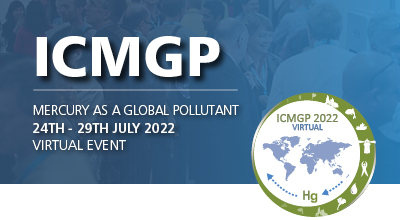| Abstract Title: | Evidence that Pacific tuna mercury levels are driven by marine methylmercury production and anthropogenic inputs |
| Presenter Name: | Anas MEDIEU |
| Company/Institution: | Universit Bretagne Occidentale |
| Session: | Special Session - Global mercury concentrations in biota: their use as a basis for a global monitoring framework |
| Day and Session: | Tuesday 26th July - Session One |
| Start Time: | 07:30 UTC |
| Co-Authors: | Anas MEDIEU |
Abstract Information :
Pacific Ocean tuna is among the most-consumed seafood products but contains relatively high levels of the neurotoxin methylmercury. Limited observations suggest tuna mercury levels vary in space and time, yet the drivers are not well understood. Here, we map mercury concentrations in skipjack tuna across the Pacific Ocean and build generalized additive models to quantify the anthropogenic, ecological, and biogeochemical drivers. Skipjack mercury levels display a fivefold spatial gradient, with maximum concentrations in the northwest near Asia, intermediate values in the east, and the lowest levels in the west, southwest, and central Pacific. Large spatial differences can be explained by the depth of the seawater methylmercury peak near low-oxygen zones, leading to enhanced tuna mercury concentrations in regions where oxygen depletion is shallow. Despite this natural biogeochemical control, the mercury hotspot in tuna caught near Asia is explained by elevated atmospheric mercury concentrations and/or mercury river inputs to the coastal shelf. While we cannot ignore the legacy mercury contribution from other regions to the Pacific Ocean (e.g., North America and Europe), our results suggest that recent anthropogenic mercury release, which is currently largest in Asia, contributes directly to present-day human mercury exposure.



